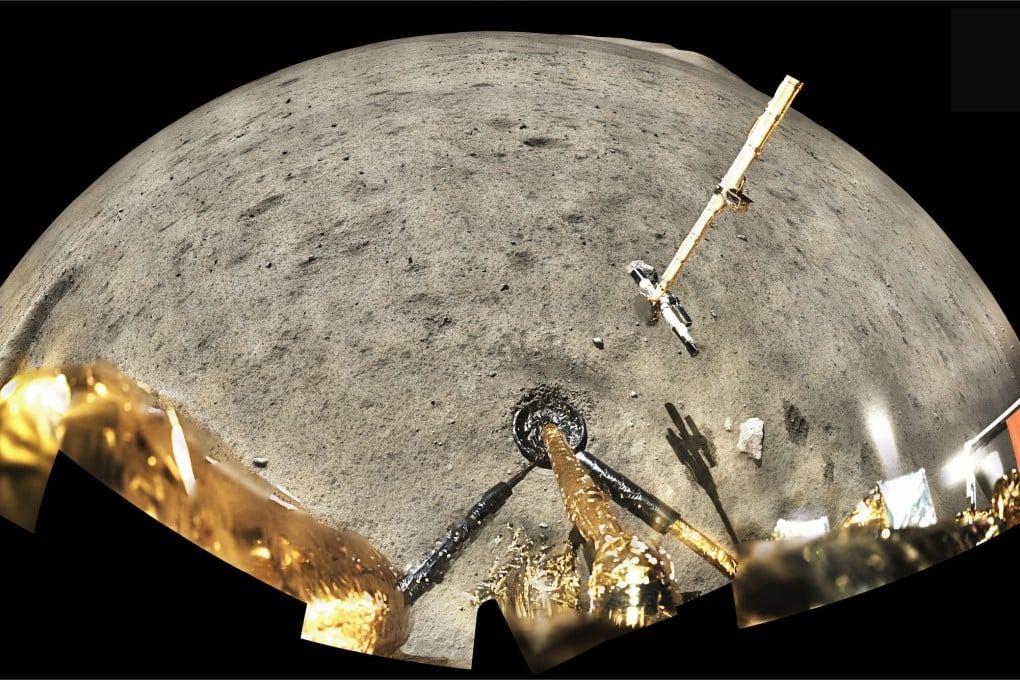Scientists analyzing lunar soil returned by China’s Chang’e-6 mission have discovered rare meteorite fragments called CI chondrites—rich in water and organic materials—from the Moon’s far side. This breakthrough illuminates the history of asteroid impacts in the Earth-Moon system and enhances understanding of lunar water distribution.
Chinese scientists have uncovered rare meteorite relics within lunar samples brought back by the Chang’e-6 mission—an achievement offering valuable insights into planetary science and solar system dynamics. The Chang’e-6 probe, launched by China in 2024, collected nearly 2 kilograms of material from the Moon’s South Pole-Aitken Basin, the largest and deepest basin on the lunar far side.
The notable discovery involves fragments of CI chondrites, a very rare type of meteorite known for high water content and organic compounds, typically originating from the outer Solar System. Though extremely scarce on Earth—making up less than one percent of collected meteorites—these CI chondrites were well preserved due to the Moon’s unique environment devoid of atmosphere and geological activity. This makes the lunar surface an exceptional archive of ancient asteroid collisions.
Using advanced mineralogical analyses and oxygen isotope measurements, researchers confirmed these fragments as CI-like chondrites. Their presence provides fresh evidence that the Earth-Moon system has experienced more frequent impacts from carbonaceous chondrite meteorites than previously recognized. This suggests that matter from the outer edges of the Solar System migrates inward, transporting vital ingredients like water and organics to Earth and Moon.
The findings have profound implications for understanding how water and key building blocks for life arrived and evolved on the Moon. They open new avenues for research into lunar water resources, potentially aiding future exploration and resource utilization strategies. Additionally, the study from the Guangzhou Institute of Geochemistry under the Chinese Academy of Sciences sets methodological standards for identifying meteoritic materials in extraterrestrial samples.
This scientific milestone not only enriches knowledge of the Solar System’s formation and material exchange but also highlights the pivotal role of China’s Chang’e-6 mission in procuring pristine lunar samples from the far side, a region previously unexplored by sample return missions.
Key Highlights:
Rare CI chondrite meteorite fragments found in Chang’e-6 lunar samples
CI chondrites are rich in water and organic compounds, typically from the outer Solar System
Moon’s environment preserves such relics, capturing ancient asteroid impacts
Early evidence of frequent carbonaceous chondrite impacts in Earth-Moon system
Demonstrates migration of Solar System materials inward to Earth and Moon
Advances understanding of lunar water origins and potential resource usage
Chang’e-6 returned 1,935.3 grams of material from South Pole-Aitken Basin
Study conducted by Guangzhou Institute of Geochemistry, published in Proceedings of the National Academy of Sciences
Sources: Guangzhou Institute of Geochemistry (Chinese Academy of Sciences), Proceedings of the National Academy of Sciences, Xinhua News, India Today, Phys.org

